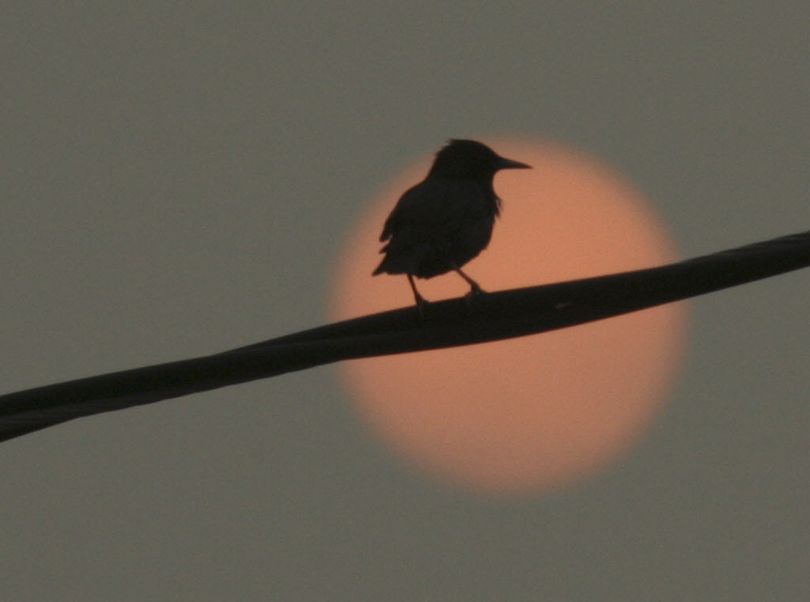Top 10 species in Spokane Christmas Bird Counts

BIRDING -- The best part about devoting a day to the Christmas Bird Count is the chance to socialize with local Audubon Society members and celebrate the sighting of an unusual bird.
But some species are fairly predictable.
Gary Blevins, Spokane Auduboner and biology prof at SFCCl, has pored through the data from Spokane Christmas Bird Counts from 1999 through 2015 and came up with these TOP 10 BIRDS in terms of numbers of species tallied in the annual count that takes place between Dec. 14 and Jan. 5.
Incidentally, there's still time to sign up to join the group for the Jan. 2 Spokane count. Contact Alan McCoy, (509) 448-3123, ahm2352@gmail.com.
Top 10 birds
- European Starling
- Mallard
- Canada Goose
- House sparrow
- California Quail
- House Finch
- Rock Pigeon
- Dark-eyed Junco
- American Robin
- Pygmy Nuthatch
The biggest factor influencing winter populations of bird is the urbanization of the Spokane counts designated area, which is a 15-mile diameter circle centered at Division and Frances, Blevins said.
"When the circle was established in the early 1900's the southern part of the circle was fairly urbanized but much of the northcentral and northwest part of the circle was a mix of agricultural lands and forest," he said.
"Early CBC picked up snowy owls and white-headed woodpeckers and few other birds that have not be records for 40 years or so. Presently Riverside State park, Little Spokane Natural Area, and the north slopes of five-mile prairie remain as mostly intact forest area. Most Ag lands are gone from the circle. So today circle is dominated by urban birds."
At the National level, Blevins said, CBC and Breeding bird survey data is indicating that more than 50 percent of bird species are demonstrating declines in populations.
"There are a whole host of reasons from urbanization, habitat loss and fragmentation, diseases, and such," he said.
"Recent data suggest these declines are becoming more rapid. Most scientists believe that climate change is the major contributing factor."